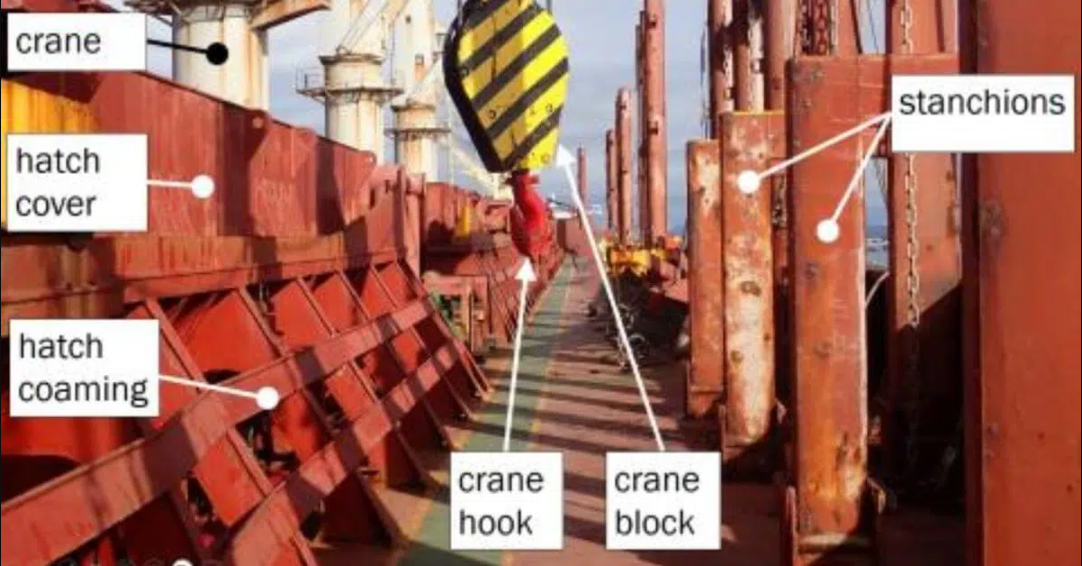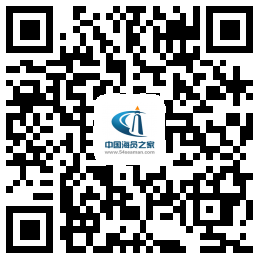当人们不沟通时,事故就会发生。在未经授权的工作中,如果不告诉负责人员,安全关键小组负责人(bosun)会削弱负责计划工作安全的领导的能力和权限。
发生了什么事?
2023年6月23日,散货船Poavosa Brave停泊在Tauranga港外,准备装载原木。
船上的起重机正在吊起支柱(用于将原木固定在主甲板上的垂直立柱),这时起重机的滑车撞上了一名水手。这名水手受了重伤,后来被直升机送往医院。
为什么会这样?
在操作员的安全管理制度下,船长和大副负责安全保障,包括评估风险和分析计划工作的安全性。事故的发生是因为相关人员不知道彼此在做什么。
船长计划:早上7点,船长给甲板船员分配任务。船长指示水手长不要使用船上的起重机,部分原因是天气和海况不适合起重机操作。
水手长制定了新的计划,但没有传达:到1330,情况有所缓解,水手长选择开始培训甲板船员使用船上起重机吊起支柱。
水手长驾驶起重机时,船员们照料支柱。但水手长没有告诉船长或大副计划的改变,也没有征求船长使用吊车的授权。大副听到起重机在工作,认为这是不安全的,于是走到甲板上。
回到船长的计划——没有沟通:大副看到起重机停在舱口盖上,命令船员将其取回。但是大副没有告诉水手长。
船员们服从了命令,但这是不安全的,因为水手长仍然按照他的计划工作,驾驶起重机。船开始在海浪中翻滚,导致吊车和吊钩从舱口盖上摆动,击中了海员。
当人们不沟通时,事故就会发生
在做未经授权的工作并且不告诉负责人员的情况下,水手长削减了船长和大副评估计划工作安全性的能力和权限。
传达计划:水手长应该把使用起重机的新工作计划告诉船长和大副。那些负责的官员本可以禁止这项工作,或者确保每个人都知道他们应该做什么来保持安全。
仔细检查计划是否仍然是原有的计划:如果大副和水手长讨论过水手长的新计划,大副不太可能命令船员们去冒险。
大声说出来:船员应该大声说出来,提醒大副有危险,但他们听从命令,什么也没说,因为大副的级别比水手长高。
我们能学到什么
安全取决于服从权威。拥有一个包括风险评估和工作安全分析的安全系统是很好的,但要使其发挥作用,负责任的决策者需要了解所有相关信息。
如果你因为认为不安全而打电话介入并阻止某事,请花点时间。
确定如何安全介入;不要引入新的危险。
英文原文
Accidents happen when people don’t communicate. In doing unauthorised work and not telling responsible officers, a safety-critical team leader (the bosun) short-cut the abilities and authorities of leaders responsible for the safety of planned work.
What happened
On 23 June 2023 The bulk carrier Poavosa Brave was at anchor outside Tauranga Harbour, preparing to load logs.
An on-board crane was hoisting stanchions (vertical posts for securing logs on the main deck) when the crane’s block struck an able seaman. An able seaman was very seriously injured and was later evacuated to hospital by helicopter.
Why it happened
Under the operator’s safety management system the master and chief officer were responsible for safety assurance, including assessing risks and analysing the safety of planned work. The accident happened because the people involved didn’t know what each other were doing.
The master’s plan: At 0700, the ship’s master allocated tasks for the deck crew. The master instructed the bosun not to use the ship’s cranes, partly because weather and sea conditions were unsuitable for crane operations.
Bosun sets new plan – not communicated: By 1330 the conditions had eased and the bosun chose to start training the deck crew in using an on-board crane to hoist stanchions.
The crew attended to the stanchions while the bosun drove the crane. But the bosun didn’t tell the master or the chief officer about the change of plan and didn’t seek the master’s authorisation to use the crane. The chief officer heard the crane operating, assessed the work as unsafe, and went to the deck.
Back to the Master’s plan – not communicated: seeing the crane block stationary on a hatch cover, the chief officer ordered the crew to retrieve it. But the chief officer didn’t tell the bosun.
The crew obeyed the order but it was unsafe because the bosun was still working to his plan, driving the crane. The ship began to roll on a sea swell, causing the crane block and hook to swing off the hatch cover and strike the seaman.
Accidents happen when people don’t communicate
In doing unauthorised work and not telling responsible officers, the bosun short-cut the abilities and authorities of the master and the chief officer to assess the safety of planned work.
Communicate the plan: The bosun should have told the chief officer and the master about the new work plan to use the crane. Those responsible officers could have prohibited the work or ensured everyone knew what they should do to stay safe.
Double-check the plan is still the plan: If the chief officer and bosun had talked about the bosun’s new plan, it’s very unlikely the chief officer would have ordered the crew into danger.
Speak up: The crew should have spoken up to alert the chief officer about the risk, but they followed orders and said nothing because the chief officer outranked the bosun
What we can learn
Safety depends on following lines of authority. It’s great to have a safety system that includes risk assessment and job safety analysis, but for that to work, responsible decision-makers need to be aware of all relevant information.
If you’re making a call to step in and stop something because you see it as unsafe, take a moment.
Determine how to step in safely; don’t introduce new hazards.
免责申明:本文来自外网,如有误差,以英文为准;仅代表作者观点,不代表中国海员之家立场。其真实性及原创性未能得到中国海员之家证实,在此感谢原作者的辛苦创作,如转载涉及版权等问题,请作者与我们联系,我们将在第一时间处理,谢谢!联系邮箱:cnisu@54seaman.com


 联系我们人工客服
联系我们人工客服



















 :1391995811
:1391995811


评论 (0人参与)